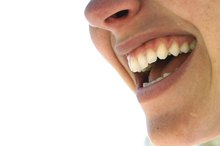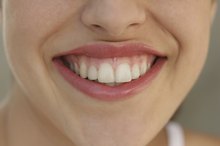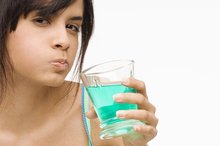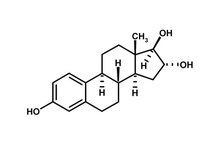What Kind of Solution Do I Put in a Waterpik?
Keeping your gums in good condition is important for the health of your mouth and your overall well-being. Dental health can affect nutritional intake, speech and even self-esteem, and dental disease can cause tooth decay and tooth loss. Bacteria from dental infections may spread to other parts of the body, such as organs, and become systemic. Using an oral irrigation device, such as a Waterpik, can help maintain gum health. The device uses a steam of solution, such as water, to clear food debris from teeth and the gum line. Other solutions that Waterpik suggests are an antibacterial/antimicrobial solution, mouthwash and essential oils. Each solution has benefits, and each helps to reduce gum inflammation, sores, pocket depths and inflammatory substances. Flush the Waterpik with water after using a solution other than water, however, extends its life.
Water
Warm water, while it contains no special cleansing or antibacterial properties, is an efficient solution to use in a Waterpik. Because the Waterpik was designed to be used with plain water, plain water does not compromise the device's life. An added bonus of using water is that it is cost-effective, readily available and a natural product.
Chlorhexidine
Does a Waterpik Remove Tartar?
Learn More
Antibacterial/antimicrobial solutions, such as chlorhexidine (gluconate), kill bacteria and plaque that cause gum disease. Chlorhexidine gluconate is a salt of chlorhexidine and gluconic acid. Chlorhexidine, however, can stain teeth, tooth restorations and the tongue's top surface. The stain can be removed from most surfaces. Some people report a change in their sense of taste while using chlorhexidine. Applied with a Waterpik, chlorhexidine solution irrigates and kills disease-causing agents.
- Antibacterial/antimicrobial solutions, such as chlorhexidine (gluconate), kill bacteria and plaque that cause gum disease.
- Applied with a Waterpik, chlorhexidine solution irrigates and kills disease-causing agents.
Mouthwash
Applied with a Waterpik, mouthwash irrigates and kills germs. Mouthwash can help to kill bacteria because it contains germ-fighting ingredients, such as alcohol, cetylpyridinium chloride, povidone iodine and chlorhexidine. All also help to fight plaque, which causes dental disease.
Essential Oils
The Best Ways to Water Clean Teeth
Learn More
Essential oils, which primarily are made from plants, have been used for a very long time to maintain oral health 4. Many essential oils have antiseptic, antibacterial, antifungal, antiviral or antimicrobial properties. Kinds of essential oils include:
- myrrh
- cinnamon
- oregano
- tea tree oil
- neem
- peppermint
- orange
- eucalyptus
- grapefruit seed extract
- lavender
Using one or more of these essential oils mixed with warm water in a Waterpik can kill bacteria as effectively as traditional antibacterial/ antimicrobial solutions. An added benefit of some essential oils, such as clove, peppermint and lavender, is that they also have analgesic properties.
- Essential oils, which primarily are made from plants, have been used for a very long time to maintain oral health 4.
- Kinds of essential oils include: * myrrh
* cinnamon
* oregano
* tea tree oil
* neem
* peppermint
* orange
* eucalyptus
* grapefruit seed extract
* lavender Using one or more of these essential oils mixed with warm water in a Waterpik can kill bacteria as effectively as traditional antibacterial/ antimicrobial solutions.
Related Articles
References
Writer Bio
Zsoka Magyar has more than 15 years of research, writing and analytical experience, contributing to several newsletters and websites. She holds a Bachelor of Arts in French and history as well as a Master of Arts in international relations.









